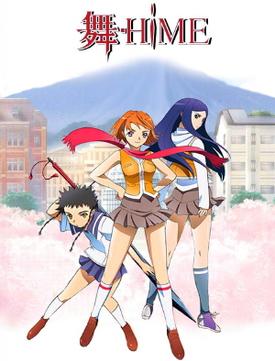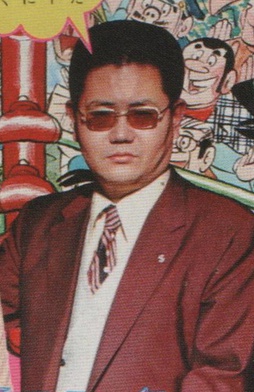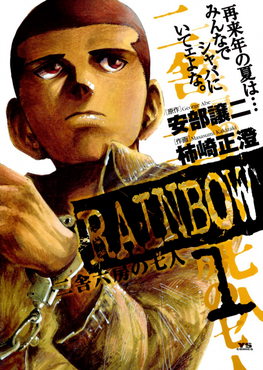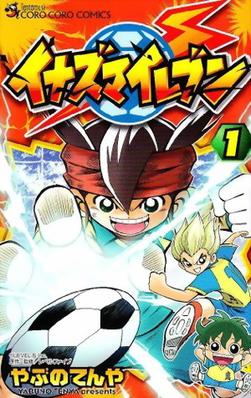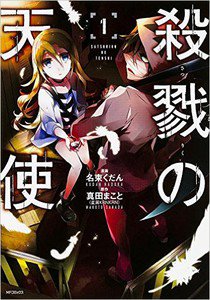| "Tiger Mask/Naoto Date" donations and copycat donations |
|---|
| Location / date | Items left | Note left / circumstances |
|---|
| Nagano City; January 7, 2011 | * Three black backpacks in boxes gift-wrapped in blue.
* Three red backpacks in boxes gift-wrapped in pink. | "...I also have a child who is entering first grade this year."
"A belated Santa Claus." [3] |
| Shizuoka City; January 7, 2011 | 100,000 yen in cash in an envelope, postmarked from the nearby city of Shimada on January 6, 2011. | "A New Year's Gift
Happy New Year! I wish everyone who takes care of the children at the Shizuoka Home a good year. It's not much, but it would make me happy if I can help the children grab hold of their hopes and dreams."
"Naoto Date" [3] |
| Okinawa; January 7, 2011 | Three randoseru | A helmeted man, described as being in his 40s, left the three backpacks and a note signed "Naoto Date" at the Shimazoe no Oka orphanage in Nanjō City. The children at the orphanage were reported to have exclaimed in joy, "Wow! He even came to Okinawa!" Note:
"I present these to those of you entering first grade. From someone who loves you from the heart, gambare! (Do your best!)" [3] |
| Gifu; January 8, 2011 | Five backpacks in gift-boxes | Note: "To all of you entering first grade: Congratulations! Naoto Date." [3] |
| Atsugi, Kanagawa January 9, 2011 | Two red bags containing twenty-two models and toys, including:
* Eleven SD Gundam models
* Two Fraulein Revoltech models from The Idolmaster by Kaiyodo
* Hot Wheels car
* Rubik's Cube
* Two plush toys | Found in the parking lot of the center.
Note: "I'm sorry these aren't backpacks. Naoto Date." [4]
|
| Nagasaki, Nagasaki; January 9, 2011 | Seven new red and pink randoseru | Left by an elderly woman at the Nagasaki Handicapped Children and Women's Support Center.
Note: "A donation by the Nagasaki Naoto Date." The word "Hibakusha" was also written on the note. [4]
|
| Nanjō, Okinawa; January 9, 2011 | Two randoseru | Due to a miscommunication by a staff member, two more backpacks were delivered to help out five children in addition to the already donated three backpacks by a helmeted "Naoto Date." [4] |
| Hanamaki, Iwate; January 9, 2011 | 100,000 yen | Found in a customer suggestion box at the Ito-Yokado store in Hanamaki.
Note: "Please use this for children with a future ahead of them. Naoto Date." [4]
|
| Miyakonojō, Miyazaki; January 9, 2011 | Plastic bag with five notebooks covered with anime characters and pencils | Note: "I'm sorry this is just a small gift, but it's from my heart. Naoto Date" [4] |
| Shizuoka, Shizuoka; January 10, 2011 | Six randoseru | Speculated to be a second donor than the one from January 7, a local luggage store was visited by a masked man claiming to be from Tokyo who bought six of the bags worth 233,100 yen (US$2,800) in cash on Saturday afternoon.
Note: "I'm sorry for being late. Naoto Date." [5]
|
| Iwaki, Fukushima; January 10, 2011 | 200,000-yen (US$2,400) "children's gift certificate" | Discovered by a 13-year-old first-year middle school boy on the front door knob at the Iwaki Ikueisha center.
Note: "I offer this somewhat belated New Year's gift. Please give everything you've got in studying and sports, and grow up to be wonderful adults. Naoto Date." [5]
|
| Yokohama, Kanagawa; January 10, 2011 | Mailed package with six pencil sharpeners, four sets of twenty four colored pencils, and ten dozen pencils | Anonymous donor was inspired by the Tiger Mask donations. [5] |
| Akō, Hyōgo; January 10, 2011 | Four randoseru | Left at a police station due to the donor unable to find an orphanage. [5] |
| Tottori, Tottori; January 10, 2011 | Box of stationery supplies | In an accompanying envelope, in addition to quoting the Tiger Mask theme song, a message stated, "Please tell the children that they are never alone and that the world has not abandoned them just yet." [5] |
| Shimonoseki, Yamaguchi; January 10, 2011 | Two randoseru with a DVD copy of Hayao Miyazaki's Laputa: Castle in the Sky . | In Laputa, the two main characters (Sheeta and Pazu) have grown up without parents, similar in circumstance to Tiger Mask. The note stated: "The appearances of Tiger Mask all over Japan moved me. But I am not Tiger Mask. [...] Unfortunately, I could not provide more backpacks [...] Study hard, make friends, and grow up to be Tiger Mask — a kind of hero I couldn't be." [5] |
| Okayama, Okayama; January 11, 2011 | Two backpacks and two boxes of kibi dango (millet dumplings) | Donor mentions references to Momotarō, a Japanese folk tale of a boy who is found by an old couple in a giant peach. The kibi dango included in the donation plays a role in the tale where Momotaro, in a quest to defeat some oni, recruits three animals (dog, monkey and pheasant) to help him by feeding them his rations of dango. [6] [7] |
| Himeji, Hyōgo; January 11, 2011 | Two randoseru and two paint sets | Found at a children's nursing home, signed by "Joe Yabuki", the title character in Ashita no Joe. In the manga, Joe was raised in a nursing home before becoming a boxer. [6] [7] |

